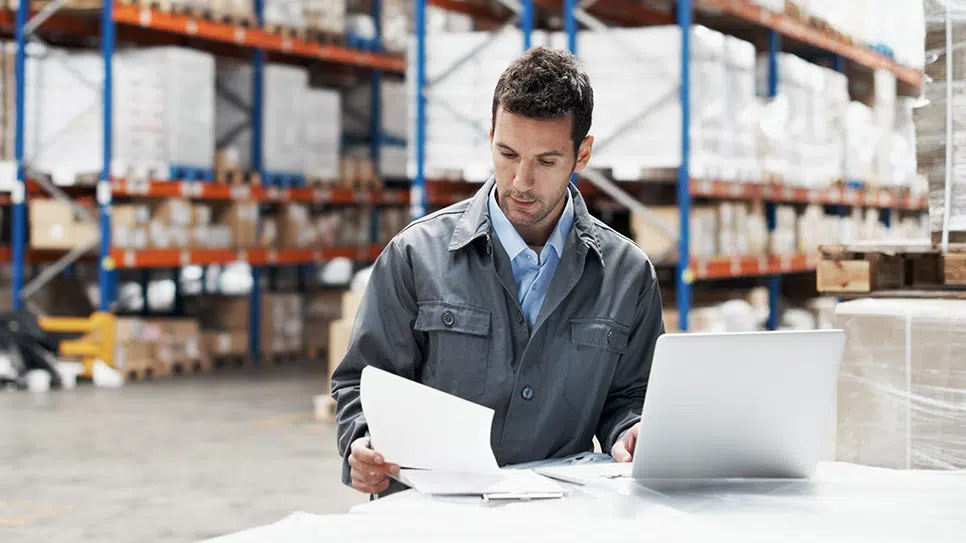
Understanding and Preventing Quid Pro Quo Harassment in the Workplace
Harassment Prevention


In the world of keeping people safe at work, the main goal is to make sure that safety continually gets better over time.

In the world of keeping people safe at work, the main goal is to make sure that safety continually gets better over time. We do this by reporting accidents and injuries and investigating what went wrong to identify the root causes of incidents or near misses. Understanding the underlying factors helps in developing preventive measures to make things safer in the future.
Technologies like apps and websites make reporting incidents easier and faster than ever.
We want employees to tell us if something happens, no matter how small, to make sure injured people get help fast and a problem can be addressed before anyone else gets hurt. Encouraging employees to report safety concerns without fear of reprisal creates a culture of trust. Employees are more likely to contribute to safety initiatives when they believe their concerns are taken seriously and addressed appropriately.
Investigating an accident is like being a detective. You carefully look at what happened before, during and after an accident by talking to people who witnessed what happened and digging into every detail, no matter how small. Each accident is like a puzzle waiting to be solved to not only understand what happened but also why it happened. Did an accident happen because people didn’t communicate well? Were there problems with how things were done? Or did a machine break? Finding out the real reasons is important to stopping it from happening again.
Many industries are subject to strict regulations and legal requirements regarding proper reporting and investigation. Complying with these standards reduces the risk of legal consequences and ensures the well-being of employees, customers and the public.
Timely and accurate safety reporting can also have implications for insurance coverage and liability management. Proper documentation of incidents and corrective actions may positively influence insurance rates and limit an organization’s liability in the event of legal action.
The real power of investigating accidents is using what is learned to make things safer. By analyzing trends and patterns in data, we can identify and manage potential risks and prevent catastrophic events. Safety investigations provide valuable knowledge to enhance safety protocols, improve workplace training and fix or better maintain equipment to bring us closer to a safer workplace.
Understanding the causes of incidents through investigation helps organizations refine their emergency response plans. This preparedness is crucial for minimizing the impact of accidents and ensuring a swift and effective response when necessary.
Reporting and investigating safety issues contributes to a culture of continuous improvement by enabling employees and managers to better understand job risks and make smart decisions. It also helps HR, operations, and health and safety departments learn from both successful safety practices and failures to implement complete safety solutions that includes corrective actions, procedural updates and enhanced safety protocols to make workplaces safer.
Click here for a free preview of Traliant’s Environmental, Health and Safety training library.